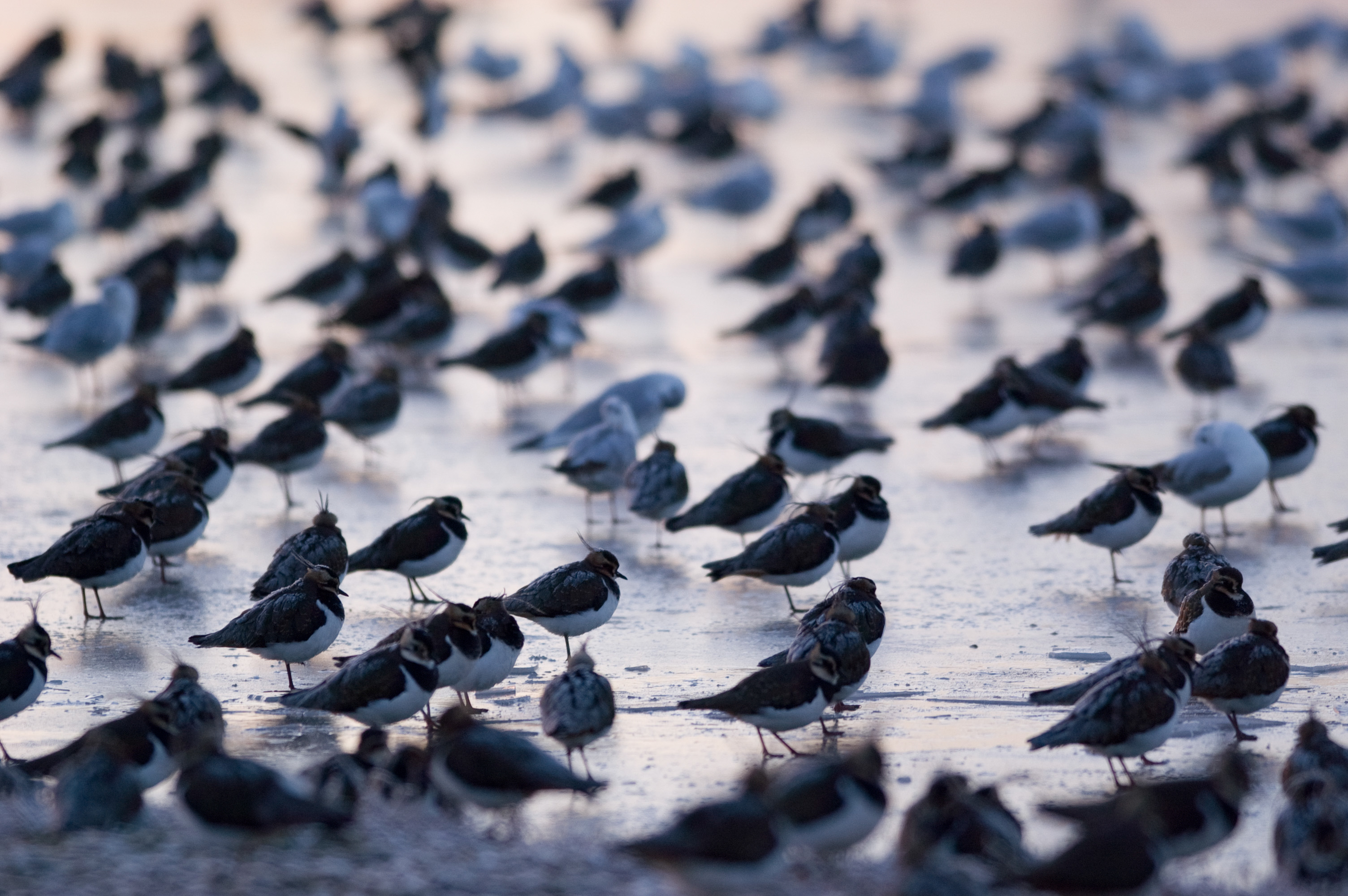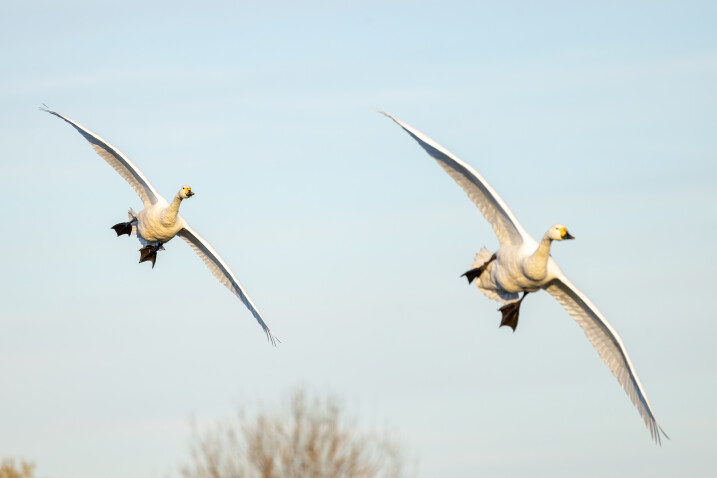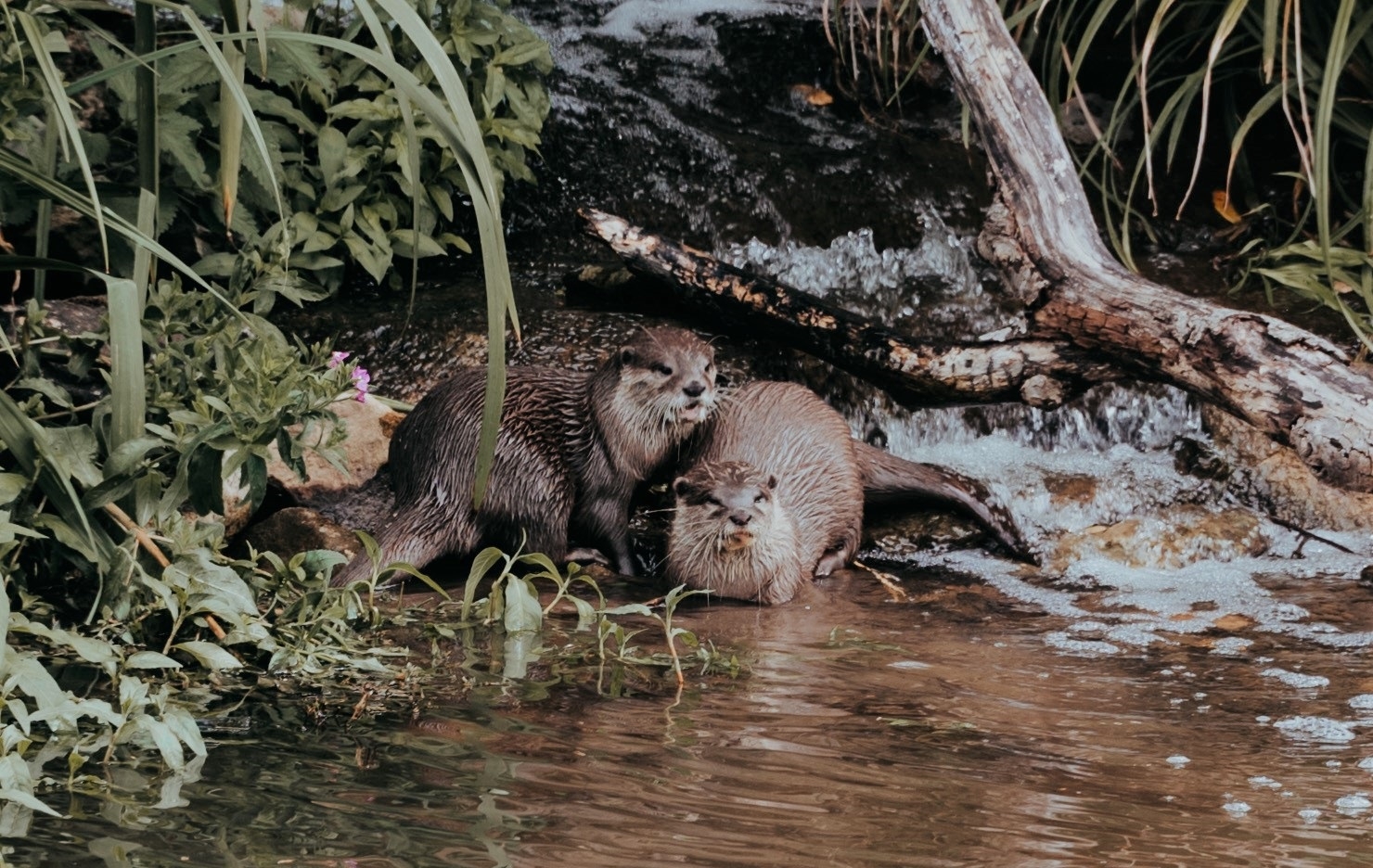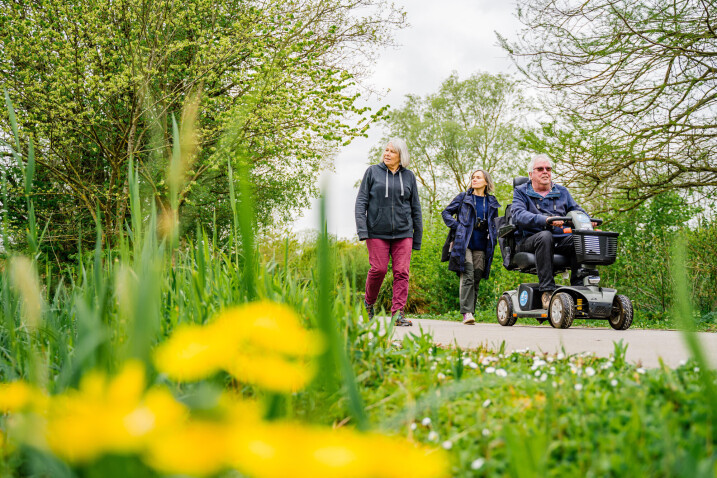What to expect to see during Spring at Slimbridge
A visit to WWT Slimbridge is a completely unique experience from one month to the next. In spring time enjoy nature’s new-born wildlife – look out for ducklings, cygnets and goslings around the centre.

A visit to WWT Slimbridge is a completely unique experience from one month to the next.
In spring time enjoy nature’s new-born wildlife – look out for ducklings, cygnets and goslings around the centre. Expect to see new arrivals including swallows, house martins and warblers returning for the summer. Listen out to the songs of chiffchaff, reed warbler, sedge warblers and of course the distinctive call of the cuckoo.
March
Expect to see sand martins and swallow arrive. Mediterranean gulls have become regular spring migrants to Slimbridge and may breed in the future. The common cranes will display and begin nesting.
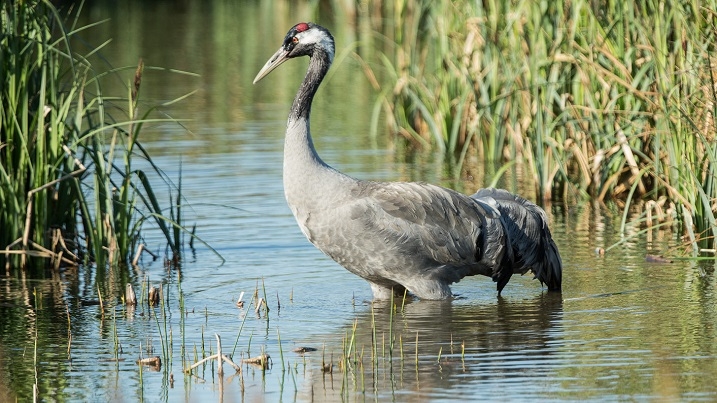
April
The last of the White-fronted geese will leave the reserve and cuckoos will begin to arrive - listen out for their distinctive call. Kingfishers will begin prospecting nest sites and start laying.

May
Towards the end of the month Kingfishers may hatch, depending on their incubating time - look out for them from the Kingfisher Hide. Warblers including blackcap, sedge warbler and reed warbler will begin to breed. Migrating birds will pass through the Estuary including grey plover, whimbrel, bar-tailed godwit and sanderling. Expect to see wader chicks including oystercatchers, avocets, redshank and little ringed plover. Spot the first butterflies of the year including orange-tips, small peacocks and brimstone. The first wetland wildflowers including marsh-marigold and cuckoo flowers will appear across the site.

